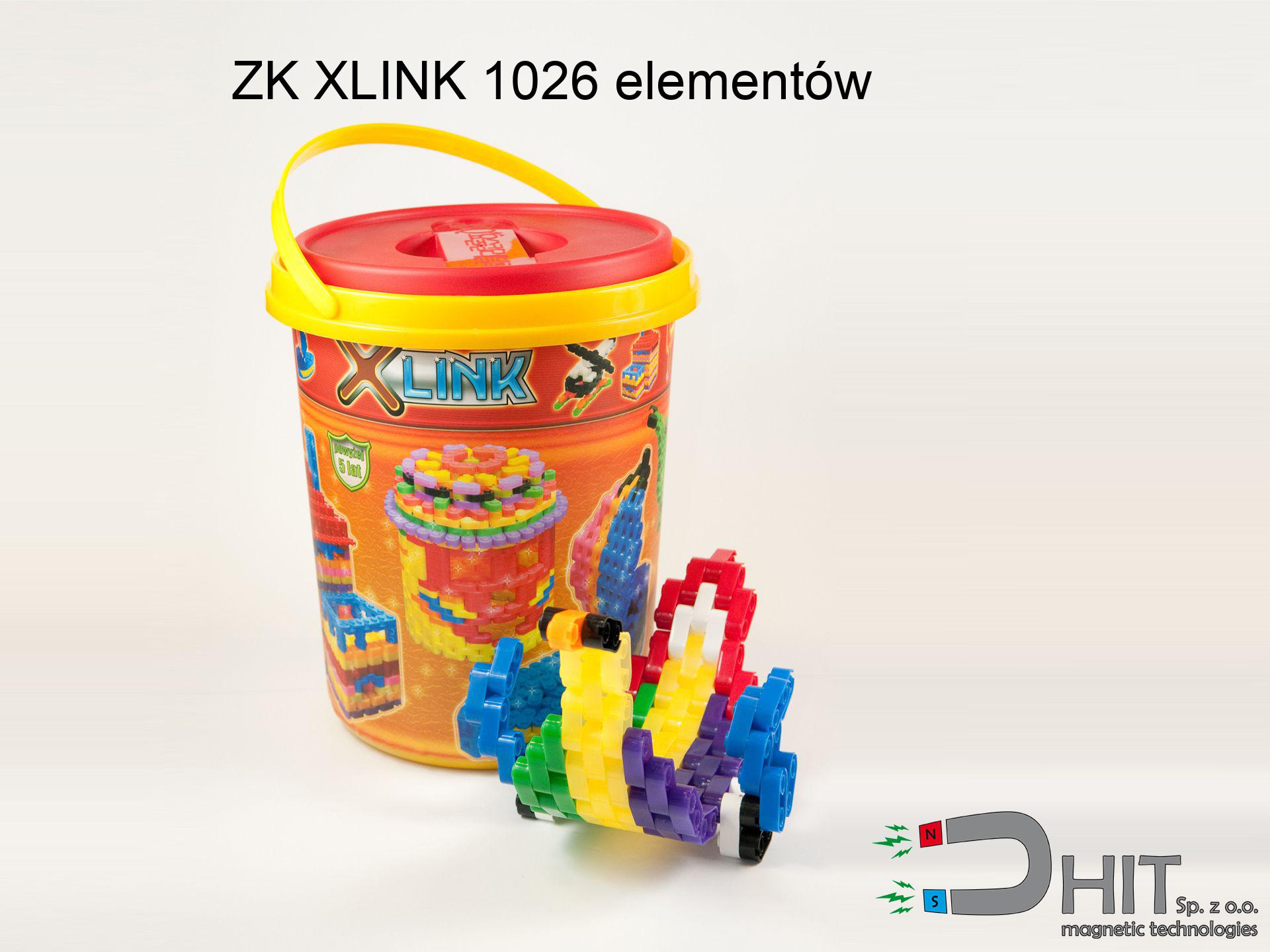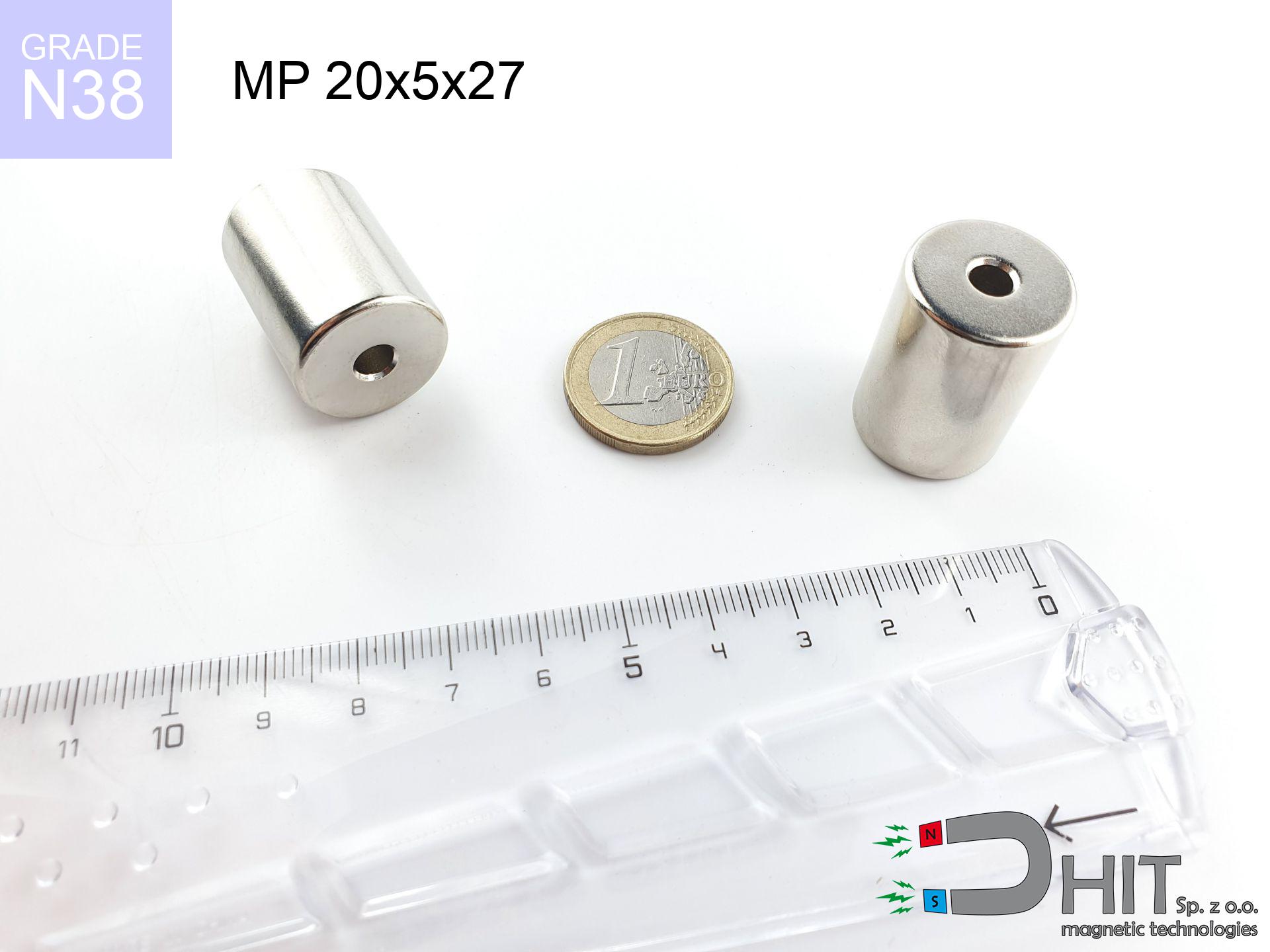BM 850x180x70 [4x M8] - magnetic beam
magnetic beam
Catalog no 090224
GTIN/EAN: 5906301812593
length
850 mm [±1 mm]
Width
180 mm [±1 mm]
Height
70 mm [±1 mm]
Weight
54590 g
7729.93 ZŁ with VAT / pcs + price for transport
6284.50 ZŁ net + 23% VAT / pcs
bulk discounts:
Need more?
Contact us by phone
+48 22 499 98 98
or get in touch via
inquiry form
the contact form page.
Specifications as well as appearance of magnetic components can be reviewed on our
modular calculator.
Orders submitted before 14:00 will be dispatched today!
Technical details - BM 850x180x70 [4x M8] - magnetic beam
Specification / characteristics - BM 850x180x70 [4x M8] - magnetic beam
| properties | values |
|---|---|
| Cat. no. | 090224 |
| GTIN/EAN | 5906301812593 |
| Production/Distribution | Dhit sp. z o.o. |
| Country of origin | Poland / China / Germany |
| Customs code | 85059029 |
| length | 850 mm [±1 mm] |
| Width | 180 mm [±1 mm] |
| Height | 70 mm [±1 mm] |
| Weight | 54590 g |
| Manufacturing Tolerance | ±1 mm |
Physical properties of sintered neodymium magnets Nd2Fe14B at 20°C
| properties | values | units |
|---|---|---|
| Vickers hardness | ≥550 | Hv |
| Density | ≥7.4 | g/cm3 |
| Curie Temperature TC | 312 - 380 | °C |
| Curie Temperature TF | 593 - 716 | °F |
| Specific resistance | 150 | μΩ⋅cm |
| Bending strength | 250 | MPa |
| Compressive strength | 1000~1100 | MPa |
| Thermal expansion parallel (∥) to orientation (M) | (3-4) x 10-6 | °C-1 |
| Thermal expansion perpendicular (⊥) to orientation (M) | -(1-3) x 10-6 | °C-1 |
| Young's modulus | 1.7 x 104 | kg/mm² |
Elemental analysis
| iron (Fe) | 64% – 68% |
| neodymium (Nd) | 29% – 32% |
| boron (B) | 1.1% – 1.2% |
| dysprosium (Dy) | 0.5% – 2.0% |
| coating (Ni-Cu-Ni) | < 0.05% |
Ecology and recycling (GPSR)
| recyclability (EoL) | 100% |
| recycled raw materials | ~10% (pre-cons) |
| carbon footprint | low / zredukowany |
| waste code (EWC) | 16 02 16 |
See more deals
Advantages as well as disadvantages of neodymium magnets.
Advantages
- They have stable power, and over nearly ten years their performance decreases symbolically – ~1% (in testing),
- They retain their magnetic properties even under close interference source,
- A magnet with a shiny gold surface is more attractive,
- The surface of neodymium magnets generates a powerful magnetic field – this is a distinguishing feature,
- Through (adequate) combination of ingredients, they can achieve high thermal strength, allowing for operation at temperatures approaching 230°C and above...
- Possibility of precise modeling as well as adjusting to specific requirements,
- Wide application in advanced technology sectors – they serve a role in hard drives, electromotive mechanisms, diagnostic systems, and multitasking production systems.
- Compactness – despite small sizes they offer powerful magnetic field, making them ideal for precision applications
Limitations
- At very strong impacts they can crack, therefore we advise placing them in steel cases. A metal housing provides additional protection against damage, as well as increases the magnet's durability.
- Neodymium magnets decrease their force under the influence of heating. As soon as 80°C is exceeded, many of them start losing their power. Therefore, we recommend our special magnets marked [AH], which maintain stability even at temperatures up to 230°C
- Due to the susceptibility of magnets to corrosion in a humid environment, we advise using waterproof magnets made of rubber, plastic or other material stable to moisture, in case of application outdoors
- Due to limitations in realizing nuts and complex shapes in magnets, we propose using casing - magnetic mount.
- Health risk related to microscopic parts of magnets can be dangerous, when accidentally swallowed, which is particularly important in the aspect of protecting the youngest. Additionally, small components of these devices can be problematic in diagnostics medical when they are in the body.
- Higher cost of purchase is a significant factor to consider compared to ceramic magnets, especially in budget applications
Lifting parameters
Maximum magnetic pulling force – what it depends on?
- on a plate made of structural steel, optimally conducting the magnetic field
- with a thickness minimum 10 mm
- with a surface cleaned and smooth
- with total lack of distance (no impurities)
- under perpendicular force direction (90-degree angle)
- at temperature room level
Determinants of practical lifting force of a magnet
- Space between magnet and steel – every millimeter of distance (caused e.g. by veneer or dirt) drastically reduces the magnet efficiency, often by half at just 0.5 mm.
- Load vector – highest force is available only during pulling at a 90° angle. The shear force of the magnet along the surface is usually many times smaller (approx. 1/5 of the lifting capacity).
- Substrate thickness – to utilize 100% power, the steel must be adequately massive. Thin sheet restricts the attraction force (the magnet "punches through" it).
- Plate material – mild steel attracts best. Alloy steels lower magnetic properties and holding force.
- Smoothness – ideal contact is obtained only on smooth steel. Any scratches and bumps reduce the real contact area, weakening the magnet.
- Temperature – heating the magnet causes a temporary drop of induction. Check the maximum operating temperature for a given model.
Holding force was measured on a smooth steel plate of 20 mm thickness, when the force acted perpendicularly, however under parallel forces the load capacity is reduced by as much as 5 times. In addition, even a slight gap between the magnet’s surface and the plate lowers the holding force.
H&S for magnets
Beware of splinters
Despite the nickel coating, neodymium is brittle and not impact-resistant. Avoid impacts, as the magnet may shatter into sharp, dangerous pieces.
Serious injuries
Risk of injury: The attraction force is so great that it can cause hematomas, pinching, and broken bones. Protective gloves are recommended.
Medical implants
Medical warning: Strong magnets can deactivate heart devices and defibrillators. Stay away if you have medical devices.
Handling guide
Before use, read the rules. Sudden snapping can destroy the magnet or injure your hand. Be predictive.
GPS Danger
GPS units and mobile phones are extremely sensitive to magnetic fields. Close proximity with a powerful NdFeB magnet can ruin the sensors in your phone.
Product not for children
Adult use only. Small elements pose a choking risk, causing serious injuries. Store out of reach of kids and pets.
Protect data
Avoid bringing magnets near a wallet, computer, or TV. The magnetism can irreversibly ruin these devices and erase data from cards.
Heat warning
Monitor thermal conditions. Heating the magnet above 80 degrees Celsius will ruin its magnetic structure and strength.
Fire risk
Dust created during grinding of magnets is flammable. Avoid drilling into magnets unless you are an expert.
Nickel allergy
Medical facts indicate that the nickel plating (the usual finish) is a common allergen. If your skin reacts to metals, prevent touching magnets with bare hands and choose versions in plastic housing.

![Plate separator BM 850x180x70 [4x M8] Plate separator BM 850x180x70 [4x M8]](https://cdn3.dhit.pl/graphics/banners/magnet.webp)
![BM 850x180x70 [4x M8] - magnetic beam](https://cdn3.dhit.pl/graphics/products/bm-850x180x70-4x-m8-mep.jpg)
![SM 25x200 [2xM8] / N42 - magnetic separator SM 25x200 [2xM8] / N42 - magnetic separator](https://cdn3.dhit.pl/graphics/products/sm-25x200-2xm8-dos.jpg)


![SM 32x300 [2xM8] / N42 - magnetic separator SM 32x300 [2xM8] / N42 - magnetic separator](https://cdn3.dhit.pl/graphics/products/sm-32x300-2xm8-pel.jpg)

